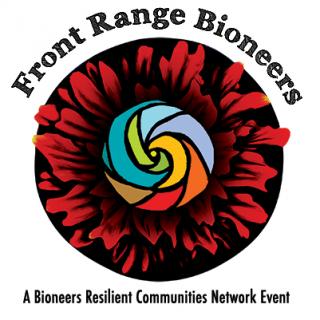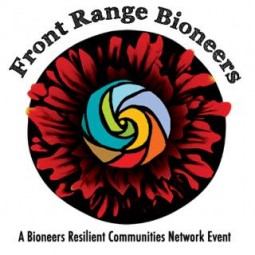On today’s show we offer three feature interviews, including a short opening interview.

Alcohol and weight gain (starts at 3:34): Science journalist Jill Adams shares the latest science on the connection between alcohol and weight gain. The science is murky, as she states in her recent column in the Washington Post.

Climate Clues in Coral (starts at 9:02): Despite certain appearances and rumors to the contrary, global warming has not been on holiday for the past decade. But increases in temperature at the Earth’s surface have slowed down, prompting scientists to work hard to figure out why. It seems that a lot of heat that has been building up in our planet’s climate system due to greenhouse gas emissions has winded up deep in the Pacific Ocean. Why? Diane Thompson, a post-doctoral scientist at NCAR and lead author on a new study, discusses with HOE’s Tom Yulsman how a sample of coral from a remote atoll in the tropical Pacific revealed some important answers.
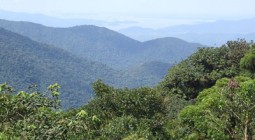
Tropic forests love CO2 (starts at 16:04) It’s been known for some time that tropical forests are not only rich in biodiversity, but they also absorb a lot of carbon dioxide that humans spew into the atmosphere. But just how much greenhouse gases—namely CO2–these forests take up, say, compared with temperate and boreal forests, has been eluding researchers. Britton Stephens, an atmospheric scientist at NCAR, discusses with HOE’s Susan Moran a new study he co-authored. It suggests that tropical forests may be absorbing far more CO2 than many scientists had previously thought.
Hosts: Susan Moran, Tom Yulsman
Producer: Susan Moran
Engineer: Shelley Schlender
Executive Producer: Kendra Krueger
Podcast: Play in new window | Download ()
Subscribe: RSS




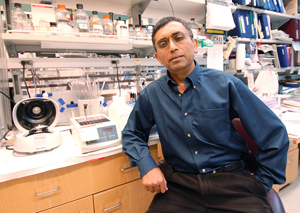
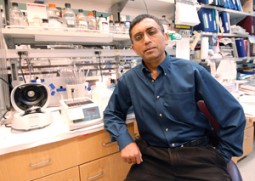
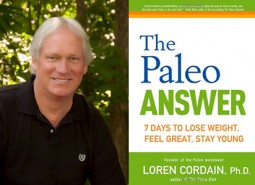

 Himalayan Glacial Lakes (starts at 5:20) Some scientists conduct their experiments in a laboratory — think clean white walls, artificial lighting, A.C. and a convenient coffee pot not far away. Not so for Ulyana Horodyskyj, a graduate student at the University of Colorado. For the last few years she’s been looking at glaciers and the lakes on top of them in Nepal. Last year she spent a year looking at how pollution affects glaciers high in the Himalayan Mountains. She hoped to set up the ultimate high-altitude laboratory on the oxygen-thin slopes of Mount Everest, but a fatal accident intervened. On this edition of How on Earth, she talks about her latest research, Himalayan glaciers and what it is like to do science at the top of the world.
Himalayan Glacial Lakes (starts at 5:20) Some scientists conduct their experiments in a laboratory — think clean white walls, artificial lighting, A.C. and a convenient coffee pot not far away. Not so for Ulyana Horodyskyj, a graduate student at the University of Colorado. For the last few years she’s been looking at glaciers and the lakes on top of them in Nepal. Last year she spent a year looking at how pollution affects glaciers high in the Himalayan Mountains. She hoped to set up the ultimate high-altitude laboratory on the oxygen-thin slopes of Mount Everest, but a fatal accident intervened. On this edition of How on Earth, she talks about her latest research, Himalayan glaciers and what it is like to do science at the top of the world.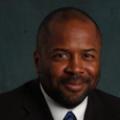

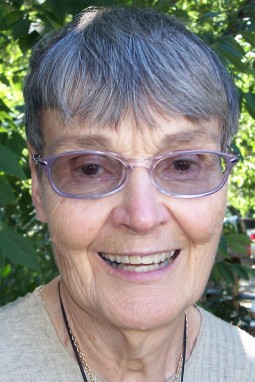


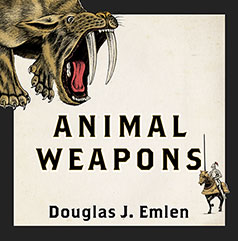

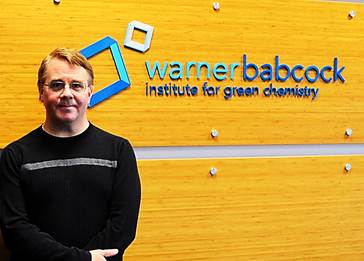
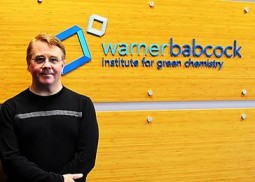
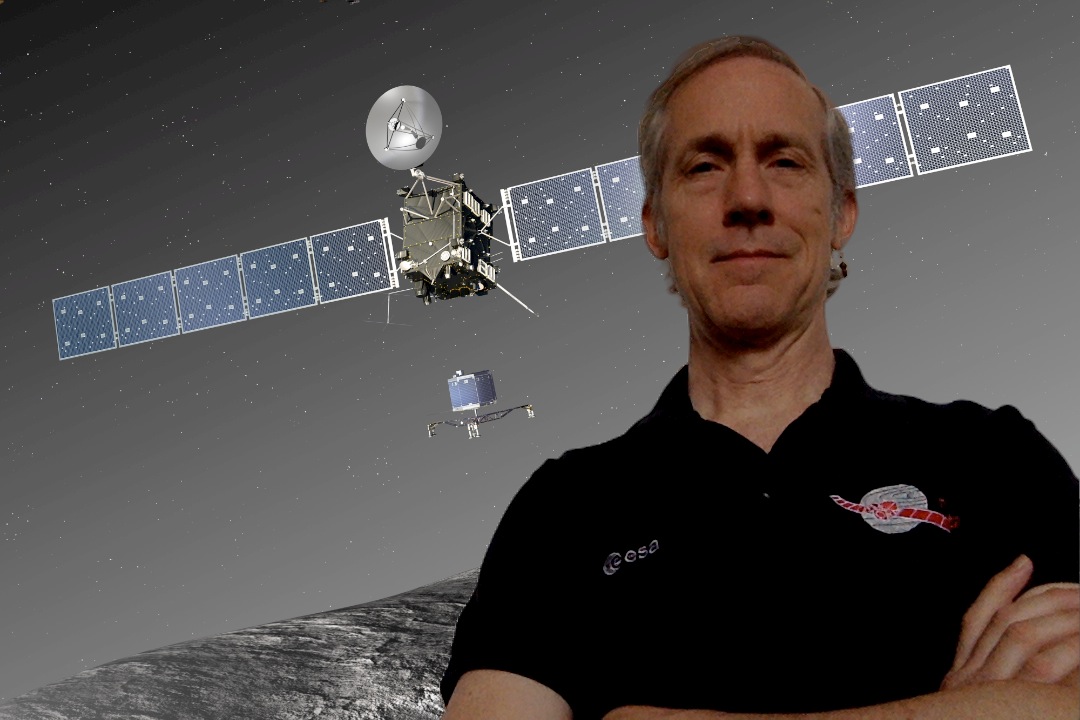
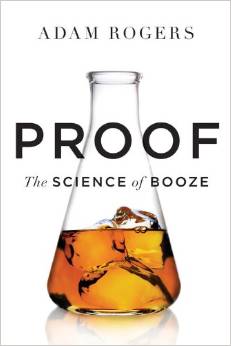 Proof: The Science of Booze (starts at 8:09): Science journalist
Proof: The Science of Booze (starts at 8:09): Science journalist 

 (4:33) Think computer coding and art are worlds apart? Vikram Chandra, author of the novel Sacred Games would have you think again. In his most recent book Geek Sublime: The Beauty of Code, The Code of Beauty, Chandra looks deeply into the connections between technology and art, illustrating his arguments with a history of coding and a meditation on the writer’s craft. Under his musings is Chandra’s own story, where he finds his way to the West from India and dabbles in literature, then coding, then back to writing.
(4:33) Think computer coding and art are worlds apart? Vikram Chandra, author of the novel Sacred Games would have you think again. In his most recent book Geek Sublime: The Beauty of Code, The Code of Beauty, Chandra looks deeply into the connections between technology and art, illustrating his arguments with a history of coding and a meditation on the writer’s craft. Under his musings is Chandra’s own story, where he finds his way to the West from India and dabbles in literature, then coding, then back to writing.